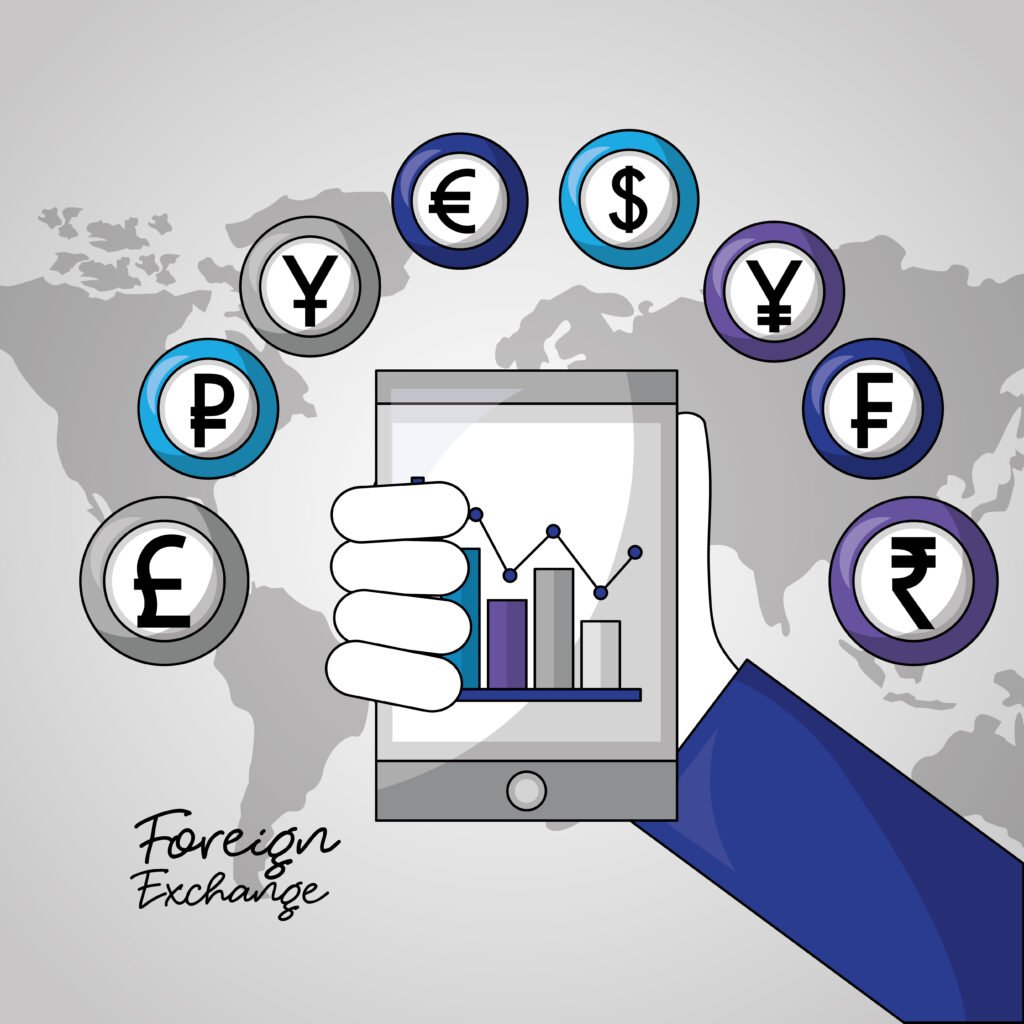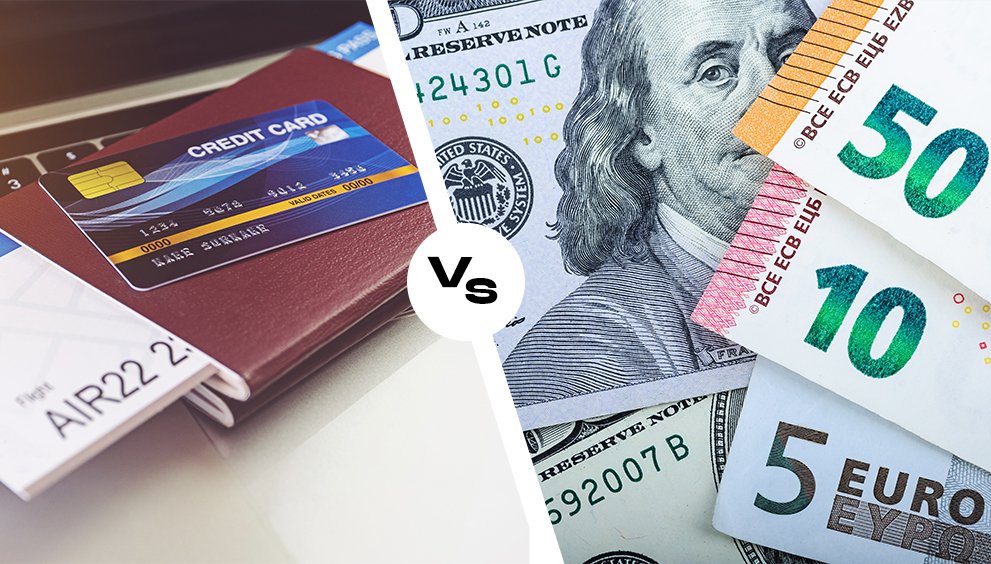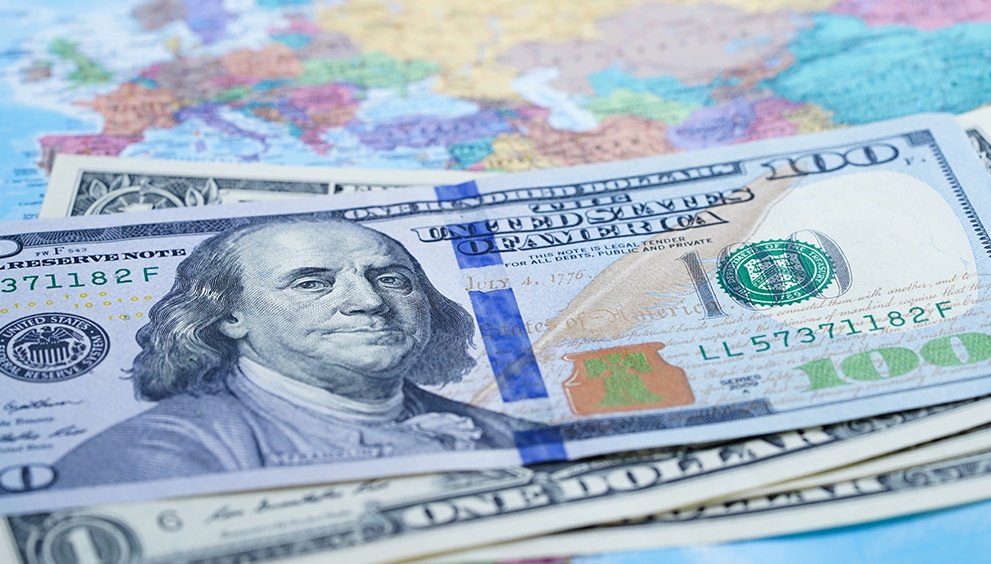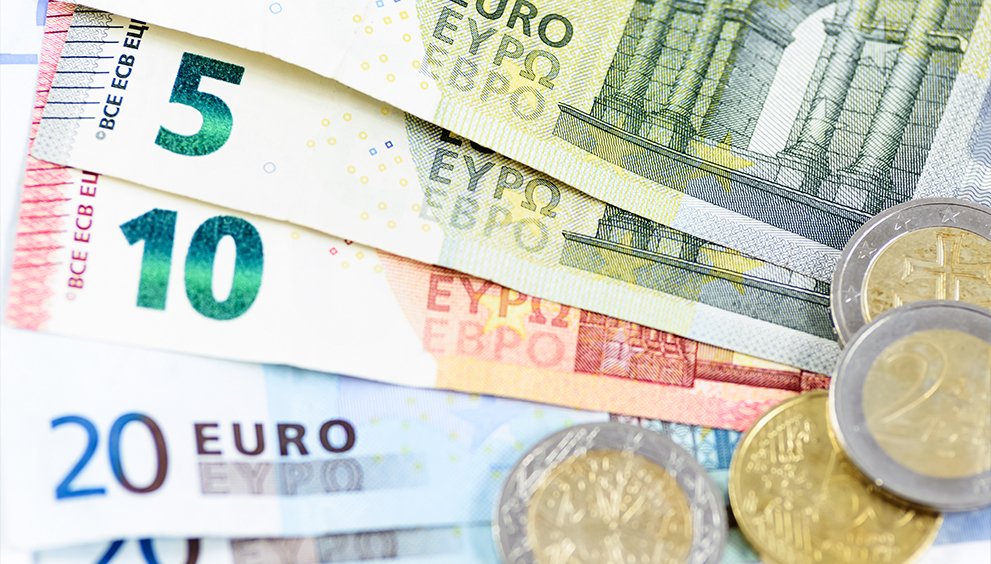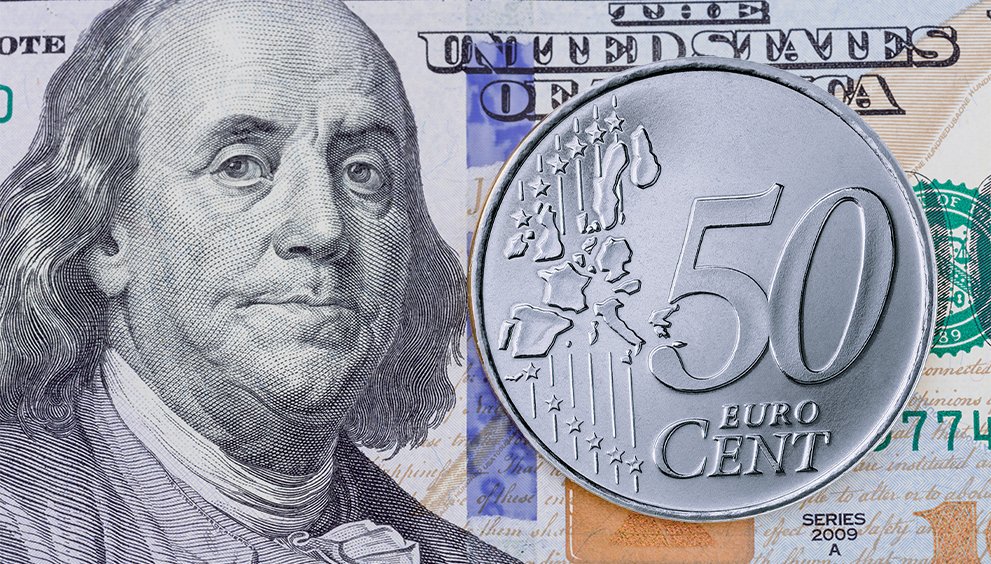Central Bank Decisions: Will Fed-BoE Cut the Interest Rates?

This week, major central banks, including the Bank of Japan (BoJ), the Federal Reserve (Fed), the Swiss National Bank (SNB), and the Bank of England (BoE), are scheduled to announce their monetary policy outlooks and interest rate decisions.
Ongoing uncertainty, particularly following President Trump’s imposition of “Liberation Day” tariffs, alongside the continued escalation of geopolitical tensions, including the Iran-Israel conflict and the Russo-Ukrainian War, has provoked cautious market sentiment, resulting in fluctuations across the entire currency market.
Moreover, uncertainty surrounding trade tariffs has heightened concerns about a global economic slowdown, contributing to increased volatility in foreign exchange markets. As such, central banks are being compelled to reassess and potentially adjust their monetary policy outlooks.
Here is how upcoming central bank policy adjustments are likely to influence currency exchange rates for you:
Bank of Japan (BoJ) Leaves Interest Rate Unchanged
In today’s policy meeting, the Bank of Japan (BoJ) left its short-term interest rate target unchanged in the range of 0.4%–0.5% in June, continuing its rate-hiking cycle pause into the third consecutive month. During the press conference after the meeting, Bank of Japan (BoJ) Governor Kazuo detailed the central bank’s choice to keep the interest rate steady at 0.5% for the third consecutive meeting. He remarked,
“Will respond nimbly in case of rapid rise in long-term interest rates, such as by increasing bond buying, conducting fixed-rate bond purchase operations, using fund-supply operations against pooled collateral.”
He further noted about the Japanese economy,
“Japan’s economy is recovering moderately, although some weak moves are seen. Japan’s economic growth is likely to moderate as trade policies lead to a slowdown in the overseas economy and a decline in corporate profits. Expect the Japanese economic growth rate to rise thereafter as overseas economies return to a moderate growth path.”
Additionally, he warned that changes in trade policies and their effects on the overseas economy and prices are highly uncertain.
We must consider the effects of trade policies on financial markets, FX markets, Japan’s economy, and prices.
How Does BoJ’s Monetary Stance Affect the USD/JPY Exchange Rate?
USD/JPY struggled in response to the Bank of Japan’s (BoJ) policy announcement and Governor Kazuo Ueda’s speech at the post-meeting press conference.
Moreover, diminishing hopes resulting from US President Donald Trump and Japanese Prime Minister Ishiba’s inability to conclude the trade agreement during the Group of Seven summit created market anxiety. Ishiba is calling on Trump to lift the 25% tariffs on Japanese cars and the 24% reciprocal duties on other Japanese imports, which are currently paused until 9 July.
“There are still some areas where the two sides disagree, so we haven’t yet finalised an agreement on the trade package,” Ishiba said on Monday. “We have been investigating the possibility of a deal until the last moment. However, there are still aspects where our perspectives diverge,” he emphasised, referring to Japan’s auto sector as a “vital national interest.”
Moreover, the mixed US retail sales data and escalating tensions in the Middle East dampened traders’ sentiment regarding the USD/JPY pair. The US President Donald Trump stated in a post on Truth Social on Tuesday:
“I have not reached out to Iran for ‘Peace Talks’ in any way, shape, or form. This is just more HIGHLY FABRICATED, FAKE NEWS! If they want to talk, they know how to reach me.”
He added that Iran “should have taken the deal that was on the table — would have saved a lot of lives.”
Aside from the Bank of Japan (BoJ) monetary stance, the Fed’s Summary of Economic Projections (SEP) and the dot plot, as well as renewed geopolitical risks, could strengthen safe-haven demand and increase the demand for the USD/JPY, thereby bolstering the pair.
How Does the BoJ’s Monetary Stance Influence the EUR/JPY Exchange Rate?
EUR/JPY steadies after the BoJ announced it would keep the interest rate target unchanged in the range of 0.4%–0.5% in June. Although the Japanese Yen (JPY) faced challenges following the meeting between Japanese Prime Minister Shigeru Ishiba and US President Donald Trump on the sidelines of the G7 Summit in Canada on Monday, which failed to result in a trade deal, improved risk sentiment, amid decreasing concerns over escalating tensions between Israel and Iran, supports the Yen.
The ZEW Survey from Germany and the Eurozone, along with a hawkish tone from ECB policymakers and increasing expectations that the ECB will pause its easing cycle, continue to support the shared currency. Moreover, improved risk sentiment, as concerns over escalating tensions in the Middle East ease, further bolsters the EUR/JPY pair.
Marketers will proceed carefully with EUR/JPY transactions, closely monitoring new Eurozone inflation data (HICP) and comments from European Central Bank officials, including Knot, Nagel, and Villeroy, all set for Wednesday. These insights could provide additional indications regarding the ECB’s upcoming policy decisions, as well as the BoJ’s monetary policy and Japanese trade statistics.
How Does the BoJ’s Monetary Stance Influence the GBP/JPY Exchange Rate?
The Pound retreated against the Yen following the BoJ’s decision, causing the GBP/JPY exchange rate to decline.
The Bank of Japan left its benchmark interest rate unchanged at 0.5%, as widely expected, and indicated a slowdown in bond tapering from April 2026 in a move they say is aimed at supporting market stability. BoJ Governor Kazuho Ueda tried to convey a neutral message but refrained from committing to any monetary tightening in the coming months. He warned about the uncertain global trade scenario and noted that inflation is not rising at an accelerated pace, which may suggest a dovish shift from previous rhetoric. However, escalating tensions in the Middle East have dampened investors’ risk appetite, resulting in an increased demand for safe-haven assets, which could further weaken the Pound and influence the pair.
Market participants expect that the BoE could reassess its monetary policy guidance, given recent cracks in the UK labour market. Latest employment data revealed an increase in the unemployment rate and slower job growth, as business owners reduced their labour force to offset the impact of an increase in employers’ contributions to social security schemes. The Bank of England (BoE) is also expected to keep interest rates steady at 4.25%, as officials guided a “gradual and cautious” monetary easing approach in May’s policy meeting. The upcoming BoE monetary policy announcement will drive the GBP/JPY exchange rate.
How Does the BoJ’s Monetary Stance Influence the AUD/JPY Exchange Rate?
The Japanese Yen (JPY) strengthens against the Australian Dollar (AUD) after the Bank of Japan’s (BoJ) interest rate decision, injecting market volatility into the AUD/JPY exchange rate. The unexpectedly strong retail sales in China offer some support for the Australian dollar, given that China is Australia’s major trading partner. However, the renewed trade truce between the US and China, reached in London, did not address critical export restrictions related to national security. This unresolved issue poses a threat to a more comprehensive agreement and may place downward pressure on the AUD.
Meanwhile, escalating tensions in the Middle East have further weighed on risk sentiment. Israel has launched over 100 strikes on Iranian military and nuclear sites under Operation Rising Lion, while Iran has retaliated with missile and drone attacks on major Israeli cities. The resulting rise in geopolitical uncertainty has boosted demand for safe-haven assets, lending additional strength to the Yen. Although global powers are pushing for de-escalation, including potential US-Iran diplomatic talks, the heightened volatility has pressured the AUD/JPY pair as investors shift away from risk-sensitive currencies. Marketers will look forward to any development in the Reserve Bank of Australia (RBA) policy outlook, the Fed’s interest rate decision and the upcoming Australia’s jobs report for fresh insights on the AUD/JPY exchange rate.
Conclusion
Central banks are adopting a cautious stance amid rising global uncertainty. The Bank of Japan maintained steady rates, reinforcing the Yen’s strength as a safe-haven currency. This decision impacted several major currency pairs, pressuring GBP/JPY and AUD/JPY, while sending mixed signals to USD/JPY and EUR/JPY based on broader risk sentiment and trade outcomes.
Looking ahead, attention now shifts to the Federal Reserve and the Bank of England. While both are expected to hold rates steady for the time being, weakening economic indicators and labour market cracks (particularly in the UK) suggest that rate cuts may occur later in the year if inflation trends and economic activity soften further.
Meanwhile, the Swiss National Bank’s (SNB) policy rate and the BoE’s Official Bank Rate are key drivers of their respective currencies: a rate cut by the SNB would likely weaken the Swiss Franc (CHF), making it less attractive as a safe-haven. Any dovish pivot or shift in forward guidance by the BoE could pressure the British Pound (GBP), especially against currencies backed by more hawkish central banks.
In summary, markets remain highly sensitive to monetary signals. While immediate rate cuts are unlikely from the Fed and BoE, softening data and persistent geopolitical risks keep the door open for policy shifts, which will continue to influence currency valuations across the board.


 English
English 




























































